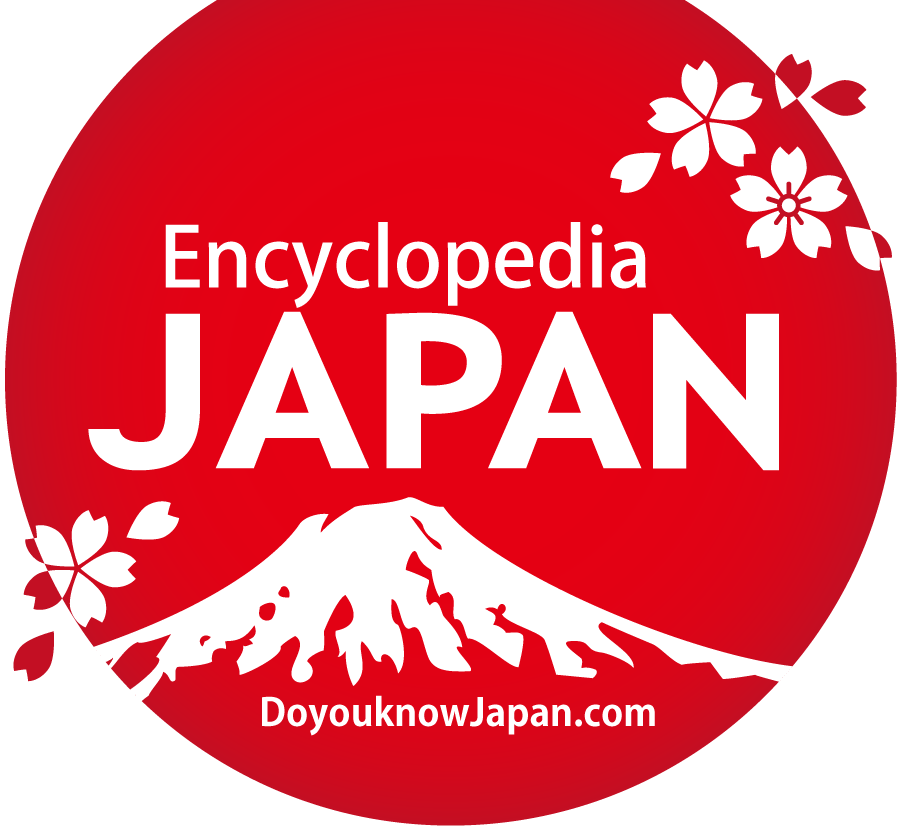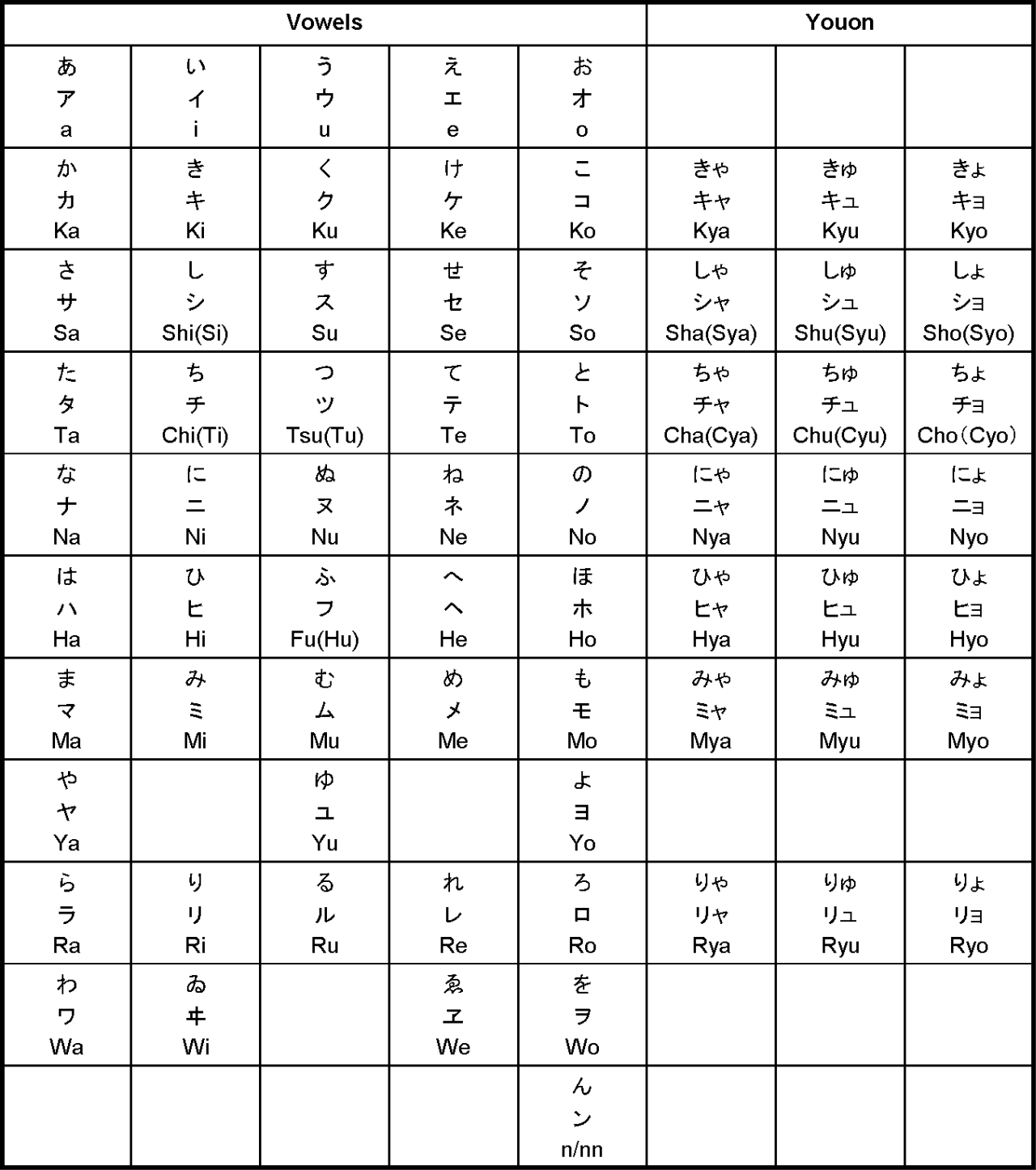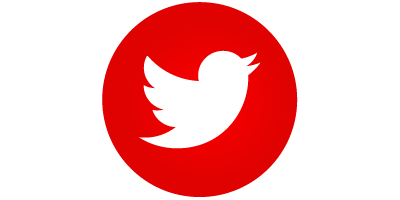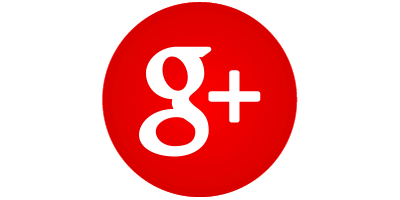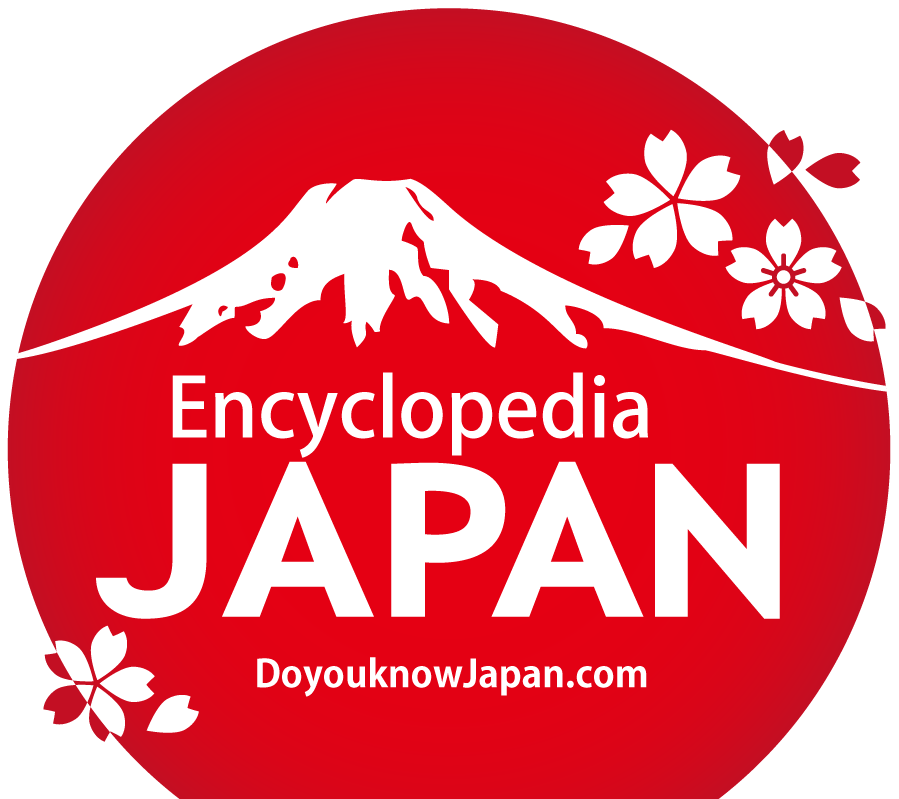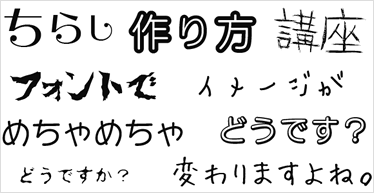
Chinese Writing System was Introduced to Ancient Japan
Chinese writing system was first introduced to Japan in the 5th century. It is said that this is the start of Japanese literacy. Japanese emperors at that time invited famous Chinese scholars to Japan in order to learn Chinese writing system from them.
The Beginning of Japanese Written Language
After the introduction of Chinese characters (Kanji), Japanese started to use Kanji with Japanese terms represented by characters used for their meanings and not their sound. During the 7th century, the Chinese-sounding phoneme principle was started to be used to write pure Japanese poetry and prose. However, some Japanese words were still written with characters for their meaning and not the original Chinese sound. This is when the history of Japanese as a written language begins.
This distinctive mixed style of writing can be found in the oldest history book of Japan, “Kojiki”, which was written in 7th century. Then, Japanese people started to use some Kanji to write Japanese as a syllabic script, for their sounds in order to transcribe the words of Japanese speech syllable by syllable. This style of writing is called “Manyogana”.
The Birth of First Syllabic Scripts: Hiragana
“Hiragana”, the first original syllabic script of Japan was invented from Manyogana. Instead of using Kanji to represent the pronunciation of Japanese, they developed Hiragana script originated from the cursive calligraphic style of Chinese.
Hiragana was not accepted by everyone when it was first developed. The elites or high ranked persons preferred to use only Kanji. Historically, the regular script (kaisho) form of Kanji was used by men, while the cursive script (sosho) form was used by women. Cursive Hiragana script became popular first among women, who were generally not allowed access to the same levels of education as men. And thus Hiragana was first widely used among women in palace for the writing of personal communications and literature. This is the reason why Hiragana some times called "women's writing". For example, The Tale of Genji and other early novels by female authors used only Hiragana. Later, male authors started to use Hiragana for literature, and then used for unofficial writing such as personal letters, while Kanji was used for official documents.
In contemporary Japanese language, Hiragana is used for words without Kanji representation, for words no longer written in Kanji, and also following Kanji to show conjugational endings. Because of the way verbs (and adjectives) in Japanese language are conjugated, Kanji alone cannot fully convey Japanese tense and mood, as Kanji cannot be subject to variation when written without losing its meaning. For this reason, Hiragana are suffixed to the ends of Kanji to show verb and adjective conjugations. Hiragana can also be written in a superscript called “Furigana” above or beside a Kanji to show the proper pronunciation of the Kanji.
The Birth of Second Syllabic Scripts: Katakana
Katakana was developed in the 9th century (during the early Heian period) by Buddhist monks originated from shorthand of Kanji. Unlike Hiragana, only men were using Katakana for official documents and documents imported from China.
In contemporary Japanese, Katakana is primarily used to write foreign words, plant and animal names, and for emphasis.
Fusion of Three Different Letter Systems
Contemporary Japanese language is written in a mixture of three main systems: Kanji, and two syllabic scripts: Hiragana and Katakana. The Latin script is also sometimes used, mostly in acronyms and other abbreviations. Arabic numerals are also common as the Kanji numerals for counting the numbers.
Japanese Writing System in Education
Japanese students begin to learn Kanji from their first year at elementary school. A guideline created by the Japanese Ministry of Education, the list of Kyoiku Kanji ("education Kanji"), specifies the 1,006 simple Kanji characters a child is to learn by the end of sixth grade. Children continue to study another 1,130 Kanji characters in junior high school, covering in total 2,136 Joyo Kanji ("common use Kanji").

